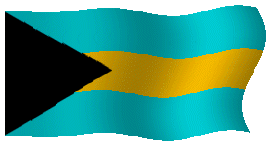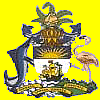During what was known as a period of ‘seasoning’, newly arrived Africans were placed with slave families who taught them the proper way to behave and interact on the plantations that were scattered all over these islands. Those slaves already familiar with the ways of their masters used this opportunity to learn about the various tribes and their traditions. This process enhanced their own knowledge about Africa.
The slave masters soon banned the drumming traditions that “made the voyage”, as they felt threatened by the large gatherings that resulted when such traditions were displayed. However, this ban did not suppress these drumming practices. African instruments such as shakers, marimbas, and various types of drums remain unchanged over the many years of their existence. Although we have no evidence that such instruments were brought to The Bahamas by slaves, we do see replicas that serve the same function as the original instruments from Africa.
One tradition that survived and can be traced back as early as the eighteenth century in Jamaica is John Canoe [also referred to as Junkanoo, John Cani, or Jonkannu]. This masked dance would have been an integral part of African ceremonies and processions. (Claypole, Robottom 2001). This practice is said to have been a part of ceremonies conducted by powerful male secret societies of West African Poro and Egungun dancers. We can find traces of these ceremonies even today in places such as Jamaica, Belize, and certain parts of the United States.
In addition, slaves that came from the Southern United States would have been influenced by music of the slave masters in that region. Negro Spirituals and blues music found its way into the work songs sung by slaves on plantations throughout the Bahamas. Remnants of these songs can be heard in sound recordings entitled "Mary Come Join Our Religion" (Lomax 1935).






